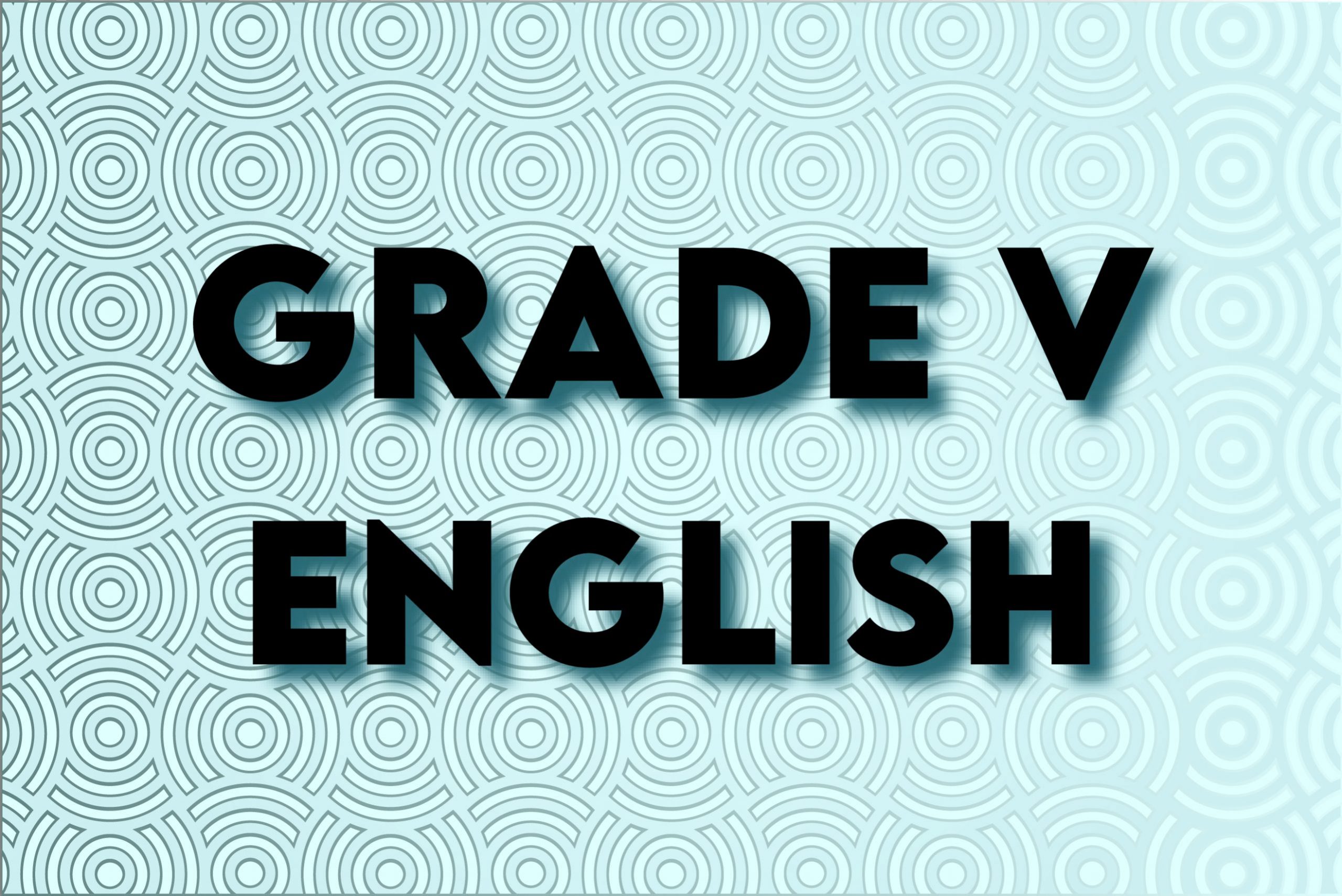The English language is considered an essential skill that opens new opportunities for students.
Most of the information we consume today is either written or spoken in English and hence, it becomes vital for a student to develop a deep understanding of the language.
The curriculum is divided between four core elements: Reading, Writing, Speaking and Listening.
All 4 of these sub-curriculums follow a learning path that merge into a student with the ability to converse, read and write properly in English. This is achieved using engagement activities, games and worksheets. Many of the games that are blended in the course have the students perform real-world tasks so they can apply knowledge instead of just memorizing.
Teaching Strategies:
The evolution of technology has impacted every aspect of our lives from banking to the way that we communicate with each other. Technology has become an integral part of sustaining society, and its infusion with education is therefore inevitable. Technology not only provides students with access to countless online resources but also aids them in the learning process. Considering the needs and demands of the 21st century this course has been developed with the following various advanced technologies:
Glass board video
Live-action
Demonstration
This course has been designed with the help of various activities which includes the following categories.
Skills for subject.
In the current scenario, English is the language of international communication, basic learning and better career options. It should, therefore, reach the masses so that there is no discrimination amongst the different schooling systems of Pakistan. English is taken as a compulsory subject across Pakistan. This course is designed to cater the needs of young learners (grade VI) across Pakistan. As this grade is a transition from primary to lower secondary, a lot of grounding and practice are needed especially in the development of basic language skills, so that a strong, adequate language foundation is built. The attention is given on thorough and effective teaching rather than in trying to cover a wide range of areas. It is designed to assist students in the development of reading, writing, oral communication and basic grammar skills. It emphasizes the fundamental language skills of reading, writing, speaking, listening, thinking, viewing and presenting. It includes literal and basic critical comprehension skills, writing, vocabulary development, and reading efficiency. This course is divided into four courses (Skills):
Course 1: Reading & Critical Thinking
Course 2: Writing Skills
Course 3: Grammar & Structure
Course 4: Oral Communication Skills
Course 1: Reading & Critical Thinking
Reading is an important skill. Better readers are the ones who are equipped with the skills of purposeful reading. This part of the course is designed to assist students in the development of basic level reading skills, with an emphasis on reading different types of the course. It includes literal and critical comprehension skills, vocabulary development, and reading efficiency. The students will learn reading strategies which will enable them
Course 2: Writing Skills
Writing is a complex productive skill. This part of the course enables students to view writing as a process and extend their study of vocabulary, genre of writing and formal writing styles. Strong attention will be given to the development of basic formal writing
skills. The students will learn paragraph writing, essay writing, summary writing, letter writing and email writing.
Course 3: Grammar & Structure
Language functions are the purposes for which people speak or write. The purpose may be to present a point of view, to ask for information or any other. Therefore, it is essential to use those appropriate language expressions which are best suited for the communicative purpose. The expression i.e., the form of language that is used is determined by the level of formality of a situation, the type of message which is to be communicated, as well as, the relationship of the addresser and addressee. This course will address the basic structures and patterns of English language which will enable students to read and write effectively.
Course 4 Oral Communication
Oral communication is the essential part of everyday life. Formal aspects of a language i.e., the sound system and grammar are the tool for oral communication. This tool would be ineffective if it is not supported by sufficient vocabulary to aid expression. Grammatical and phonetic exercises combined with vocabulary development are of immense importance as natural preparations for oral production of language. This part of the course will assist students to develop standard pronunciation and basic communication skills.
The above units are further divided into topics and sub-topics. The units are categorized on the basis of four skills which the learner has to master in order to learn English Language. This course is relevant to all the students studying in various systems which are operating in Pakistani because this course is designed on the given standards of the national curriculum of Pakistan.
Important components (strands) of the program.
The components are listed below:
Genre of Literature
Pronunciation Focus
Reading Focus
Writing Focus
Grammar Focus
Speaking Focus
Engaging Activities:
This course has been designed with the help of various activities, quizzes, and assignments. Following are the activities that are used in this unit:
Drag and Drop
Multiple choice questions.
Puzzles (word and crossword)
Fill in the blanks
Matching
True/False
Short answer
Easy type answer
Games

